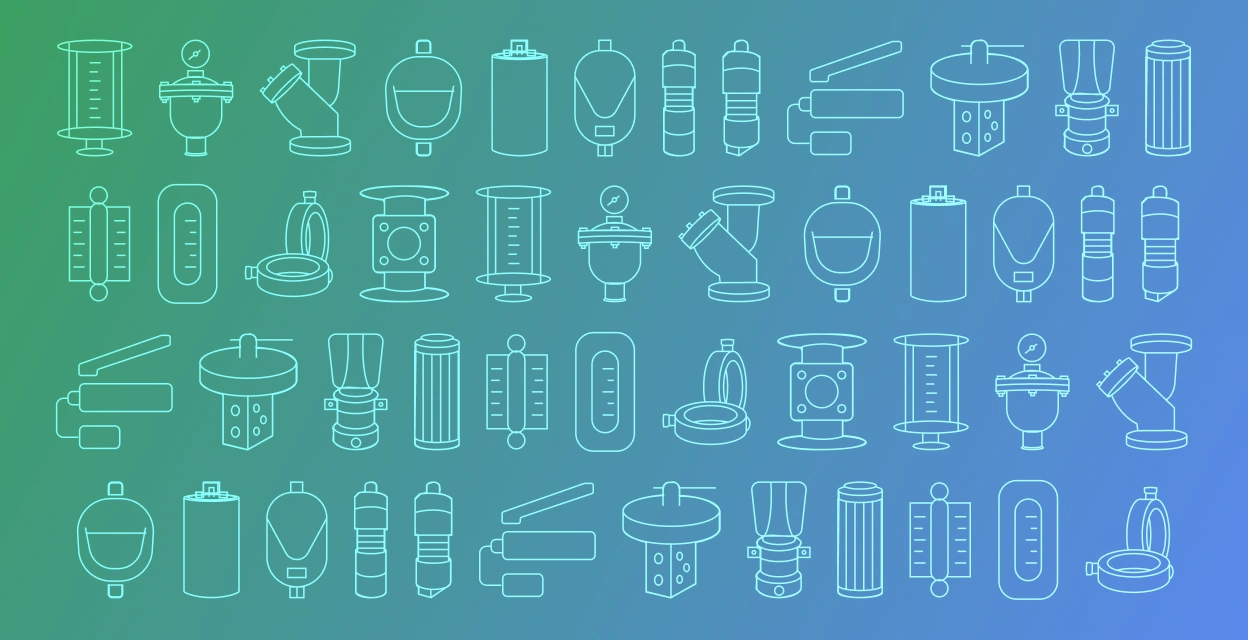Introduction: Why Compliance Is More Than a Checkbox
Pressure vessels are critical components in oil and gas, chemical, and energy industries. These high-pressure containers handle gases and liquids under extreme conditions, where failure isn’t an option.
To ensure safety, integrity, and global operability, manufacturers must strictly comply with international pressure vessel standards—most notably:
- ASME Boiler and Pressure Vessel Code (BPVC) – USA
- Pressure Equipment Directive (PED) – European Union
This article explores how top-tier pressure vessel manufacturers uphold these standards, the differences between ASME and PED, and what operators must look for to ensure compliance and reliability in high-risk environments.
“In high-pressure applications, engineering skill isn’t optional—it’s regulated. Top manufacturers make safety a built-in feature.”
— Marco S., Compliance Inspector, Oil & Gas Projects, Netherlands
How do top manufacturers meet ASME and PED pressure vessel standards?
Leading pressure vessel manufacturers ensure compliance through certified welding procedures, material traceability, design validation, testing, and third-party inspections per ASME Section VIII or PED Module B and D/D1.
Material Certification & Traceability
All pressure-bearing components must be fully certified and traceable from mill to final weld.
- Use of ASME/PED-approved materials like SA 516 Gr 70, SA 240, Inconel, Hastelloy
- Mill Test Certificates (MTCs) accompany all material lots
- Heat number stamping for 100% traceability
Value Add: Many top manufacturers implement QR-coded material tracking systems, enabling instant verification during audits or repairs.
Welding Standards & Qualified Personnel
Welding is the backbone of pressure vessel integrity—only certified welders and procedures are permitted.
- ASME Section IX or EN ISO 15614-qualified welding procedures
- Welder qualification records (WQR) maintained and reviewed
- Non-destructive testing (NDT) methods: RT, UT, PT, MT as required
Stat: According to ASME Compliance Review 2025, 87% of reported vessel failures were traced back to improper welding or material selection—not design errors.
“For PED compliance, it’s not just who welded—it’s how they were qualified, what method they used, and how it was validated.”
— Rachel A., Third-Party Inspector, TÜV Rheinland
Design Verification & Code Calculations
Before fabrication begins, detailed engineering calculations are performed.
- Wall thickness, corrosion allowance, MAWP, design temperature calculations
- Finite Element Analysis (FEA) for complex geometries
- Use of software tools like PV Elite, COMPRESS, or NozzlePRO
Bonus Insight: PED requires notified body involvement in design and drawing approval, especially for Category III and IV vessels.
Hydrostatic & Pneumatic Testing
Each vessel must prove its strength and leak resistance under controlled test conditions.
- ASME: 1.3x MAWP hydrotest pressure
- PED: Hydro or pneumatic testing per Module B/D
- Digital pressure and time logging for traceability
Fact: Vessels must also undergo visual inspection, internal cleaning, and valve leak testing before final sign-off.
Documentation & Certification
Compliance is incomplete without documentation—traceability is as important as fabrication.
- ASME U-stamp or PED CE mark with nameplate
- Data books including design files, WPS, WQR, NDT reports, material certificates
- Manufacturing Record Books (MRBs) compiled and delivered
Extra Value: Cloud-based document delivery and digital signature systems now enable remote audits and faster regulatory approvals.
FAQs
- What is ASME certification for pressure vessels?
ASME BPVC certification confirms the vessel was designed, manufactured, and tested per Section VIII standards for safety and pressure integrity. - What is PED and when is it needed?
PED (Pressure Equipment Directive) is a European standard required for pressure vessels sold or used within the EU. It ensures health, safety, and environmental protection compliance. - Can one vessel be ASME and PED certified?
Yes. Some manufacturers offer dual-certified pressure vessels, with designs, materials, and testing that satisfy both ASME and PED standards.
Looking for a trusted pressure vessel manufacturer with full ASME and PED compliance?
Petronash Engineering Services provides precision-engineered, code-compliant pressure vessels for global oil and gas, petrochemical, and energy applications—built to perform, built to last.
📩 Email: [email protected]
🌐 Website: www.petronashengineering.com
Conclusion
ASME and PED are more than certifications—they’re a guarantee of quality, safety, and global trust.
Leading pressure vessel manufacturers go beyond minimum compliance, embedding code requirements into their design systems, QA processes, and employee training. For operators, choosing such a manufacturer is not just about project success—it’s about asset longevity, team safety, and international operability.
 Back To Blogs
Back To Blogs